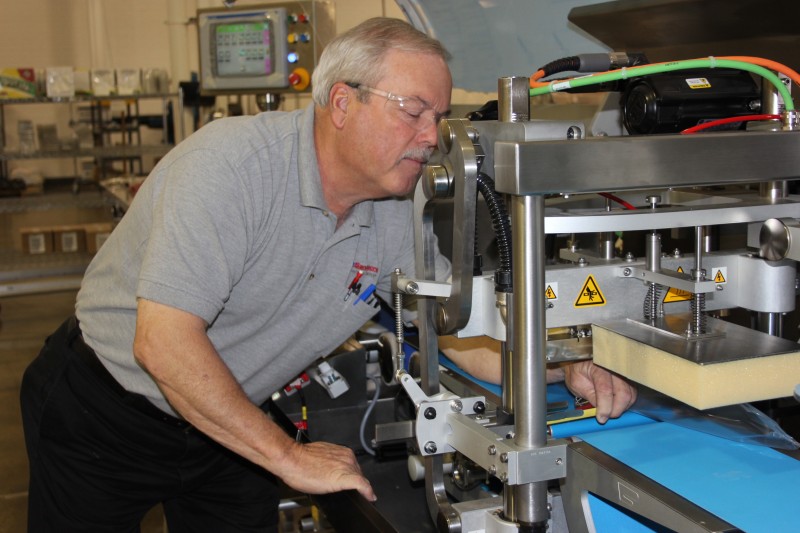We have always done it that way.
How often do you hear those words around your organization? Sometimes doing it that way is truly the best way. But often we do things merely out of habit. As leaders in business, we need to make sure our actions continue to align with our vision and values.
In other words, does what we do and how we do it line up with who we say we are?
A recent visit to our HayssenSandiacre (now BW Flexible Systems) operation in Duncan, SC reminded me of a conversation I had years ago with Ron, a 27-year veteran machine tester, who enlightened me about the misalignment of our actions.
We had just written Barry-Wehmiller’s Guiding Principles of Leadership, which established our vision of culture based upon communication, trust, celebration, respect and responsible freedom.
To ensure that we did more than just hang our new vision on the wall—to ensure that we lived it daily–we sat down with groups across the organization to share our beliefs in hopes of hopefully establishing it in their heads and hearts!
Ron had just returned from three months in Puerto Rico, where he had been responsible for starting up our equipment  in the customer’s plant. He had a lot to say.
in the customer’s plant. He had a lot to say.
“First of all,” Ron asked, “if I tell the truth, will I still have a job tomorrow?”
I replied, “If you have any trouble tomorrow about what you say today, you give me a call.”
Feeling that I was sincere and truly wanted to know what he was thinking, Ron decided to share his thoughts.
“Well, Mr. Chapman,” he began, “I see you have the word Trust in that document. However, it seems like you trust me a lot more when you can’t see me [in Puerto Rico] than when I’m right here. I walked back in that door after months at a customer site, and all my freedom just slipped away once I stepped into the plant. Suddenly there was all this control and it felt like someone had their thumb on me. I was required to punch a time clock when I walked in, when I left for lunch and returned, and when I walked out the door. I had to wait for a break bell to be allowed to get a cup of coffee.
“I walk in the same door with engineers, accountants, and other people who work in the office. When they turn left to go to the office and I go straight into the plant, we are treated completely differently. You trust them to decide when to get a soda or a cup of coffee or take a break.”
I said, “Well, those are archaic plant/office practices. That’s just the way we’ve always done it in manufacturing and no one has stopped to ask why.”
Ron and I both recalled that I asked several times during his description of the controlling practices, “Do we really do that?”
“You see,” Ron explained, ”It’s more than just the feeling of not being trusted or the lack of freedom. Sometimes the bell goes off when you’re in the middle of something that does not make sense to stop. But the expectation is that you should drop everything and go to break. Otherwise, if you were to go a little later, everyone will look at you when you return assuming you were late. And if you skipped taking a break to avoid those stares, your co-workers interpreted it as ‘showing them up’ by skipping a break.”
When Ron finished, I turned to Paul, the personnel leader in the room, and said, “Let’s take out those time clocks and break bells. Tomorrow.”
Paul started to offer a number of reasons why that could not be done. I simply said, “Paul, will you please do it for me, or must I find someone else to do it?”
Ron’s comments opened my eyes to so many traditional office/plant practices that did not match up with our vision of culture.
Another time I was walking with Dan, the president of a division, near the back of the plant. I noticed about a dozen people working inside of a fenced cage.
I said, “Those people must have done something really terrible to be locked up like that.”
Dan looked at me confused, “That’s the parts store room. The fencing is there to protect the inventory.”
I answered, “I think we can trust our people.” The cage around the store room came down.
These simple actions showed that trust is not just a word on a piece of paper hanging on the wall.
Over time, this became so important to the culture in the plant that they took down the doors between the manufacturing area and the office–a simple symbol that we are all one team.
Stop to ask why. Be open to change. Make sure your actions align with your intentions.